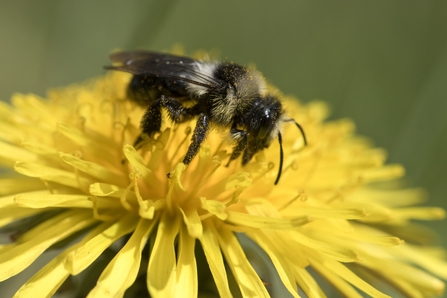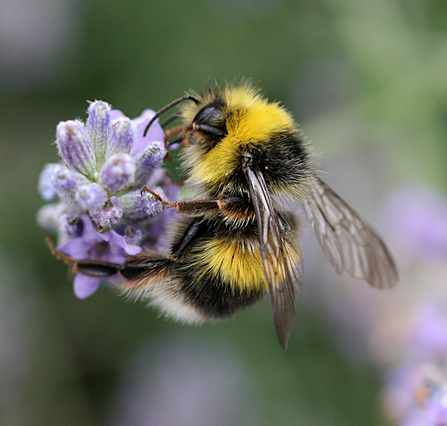With the days getting longer and warming up (we hope!), we can now spend more time in our gardens and green spaces enjoying the plants that are flowering, while spotting the pollinators who rely on this source of food. Here are a few examples of those you could look out for this month.
We’re also giving you some suggestions for how to take part in 30 Days Wild, an initiative that encourages everyone to do something wild and mindful each day in June. We’d love you to join in! Find out more information, and get your free pack in the post here.



